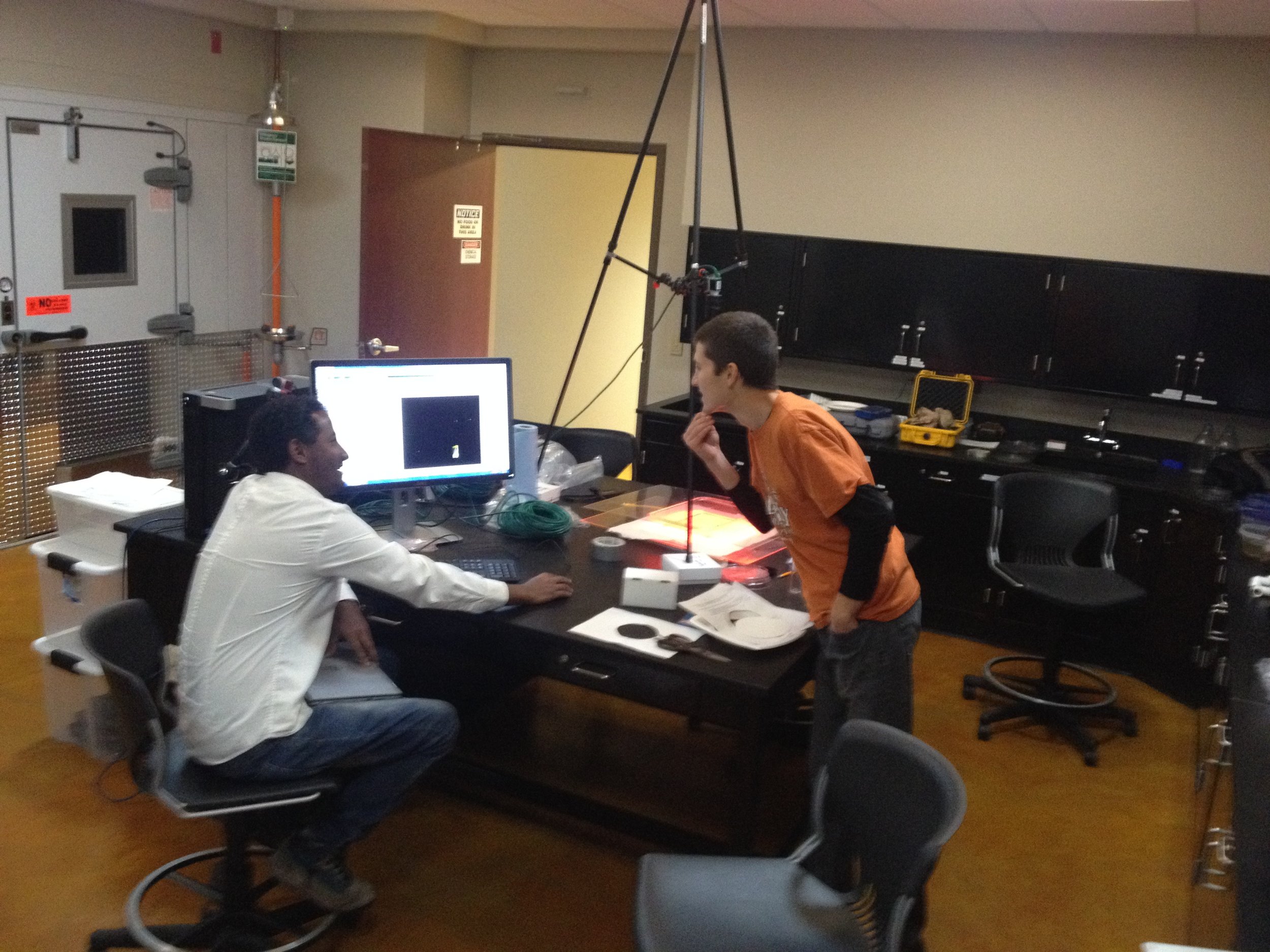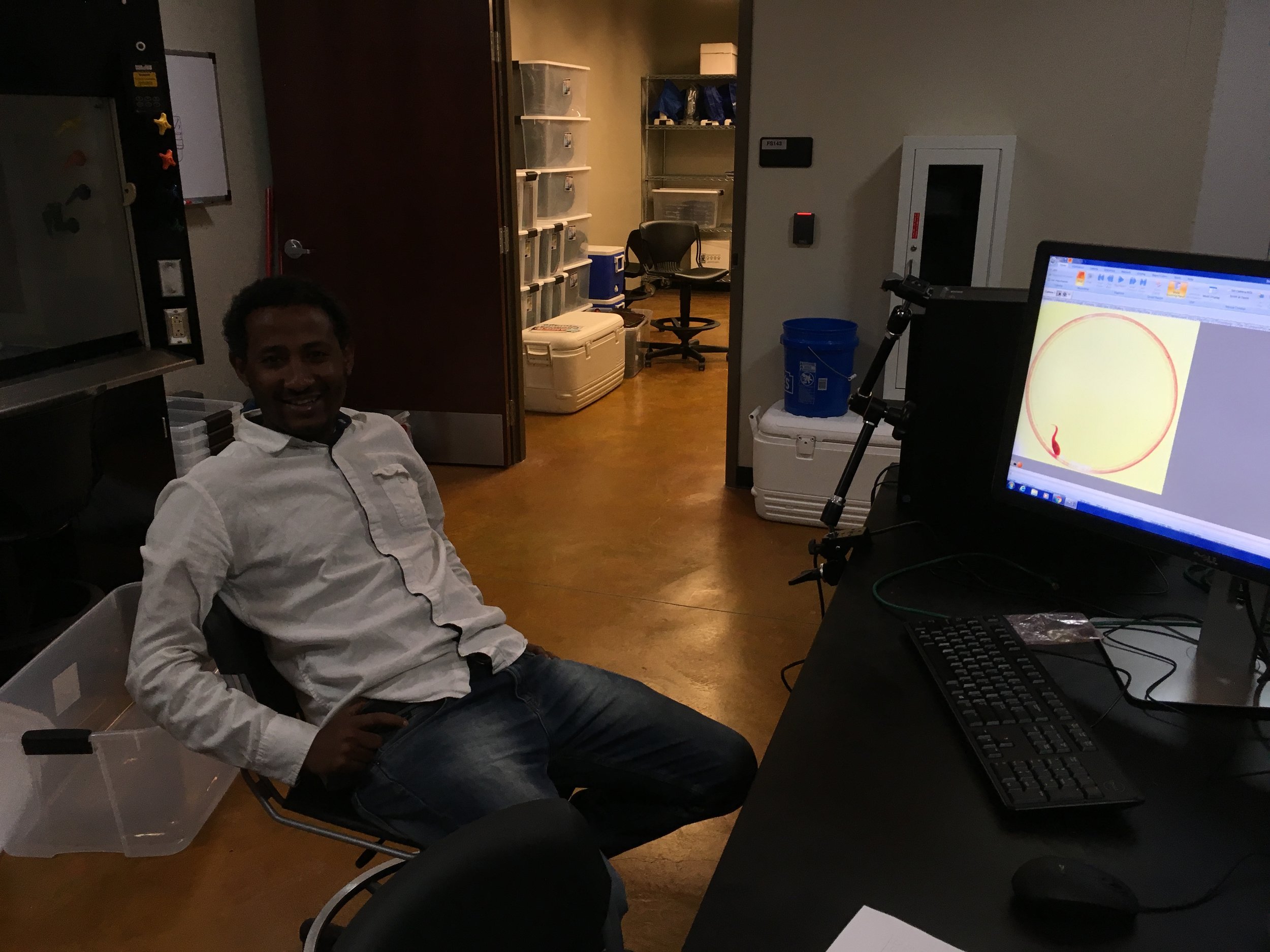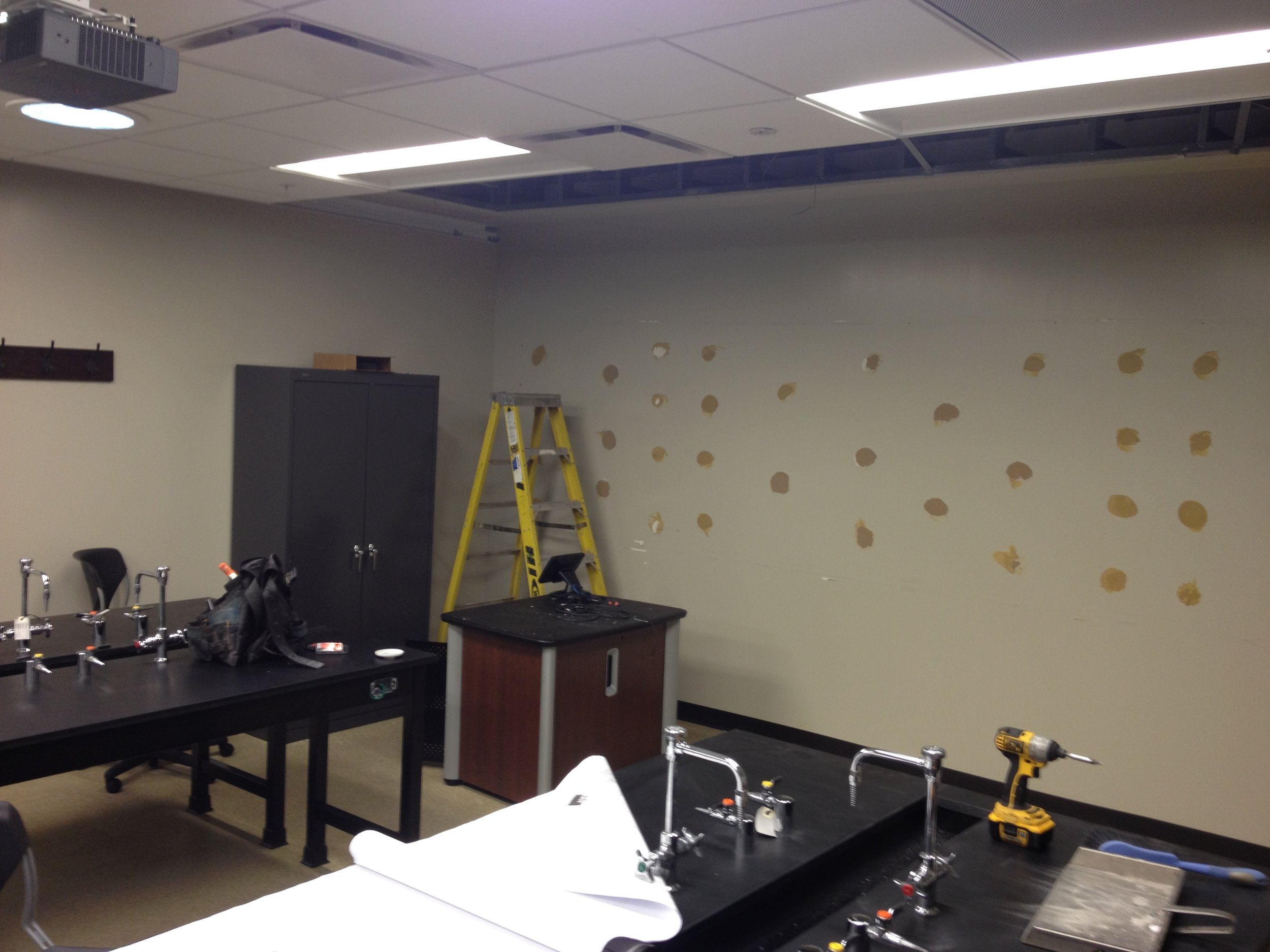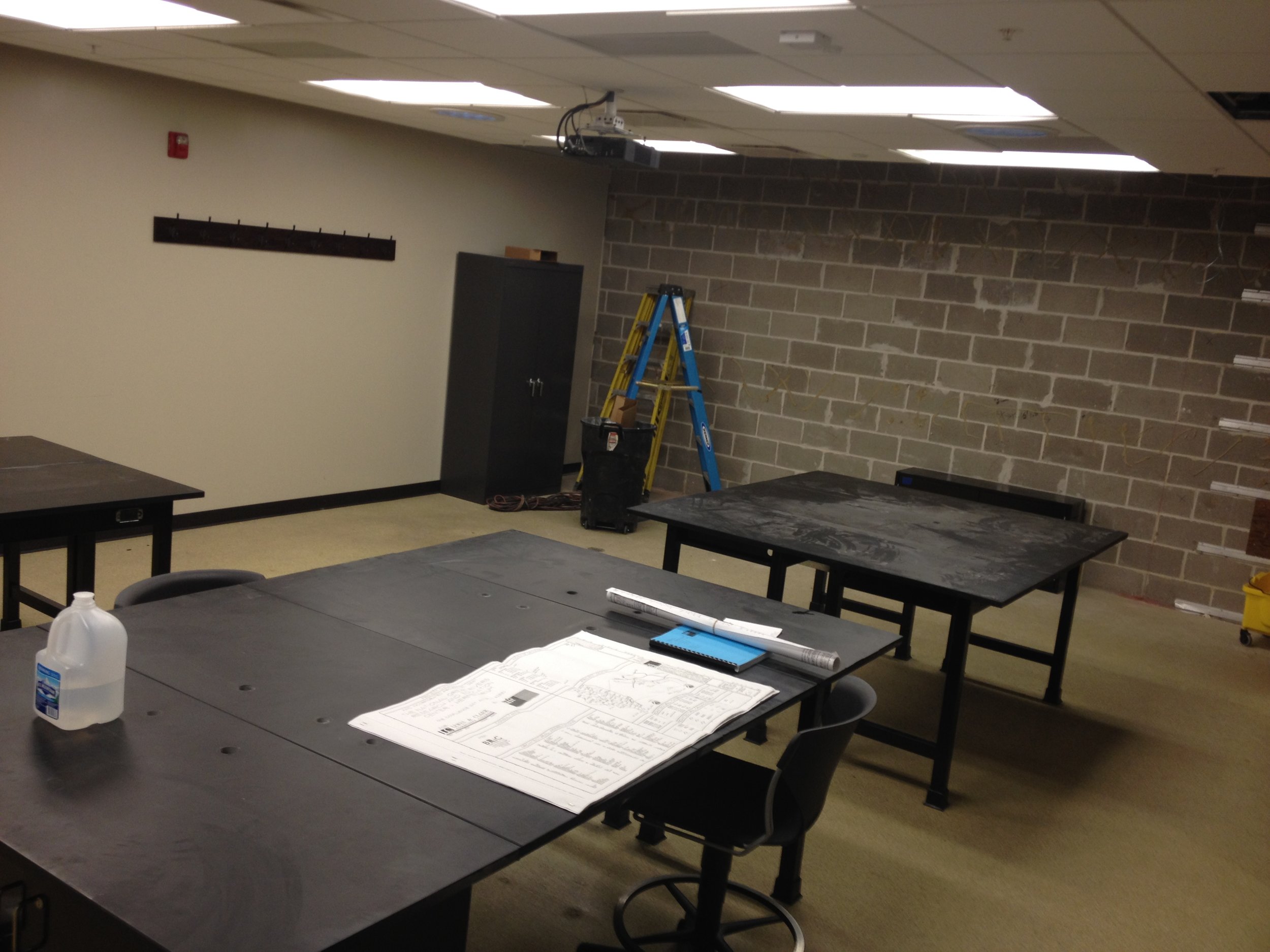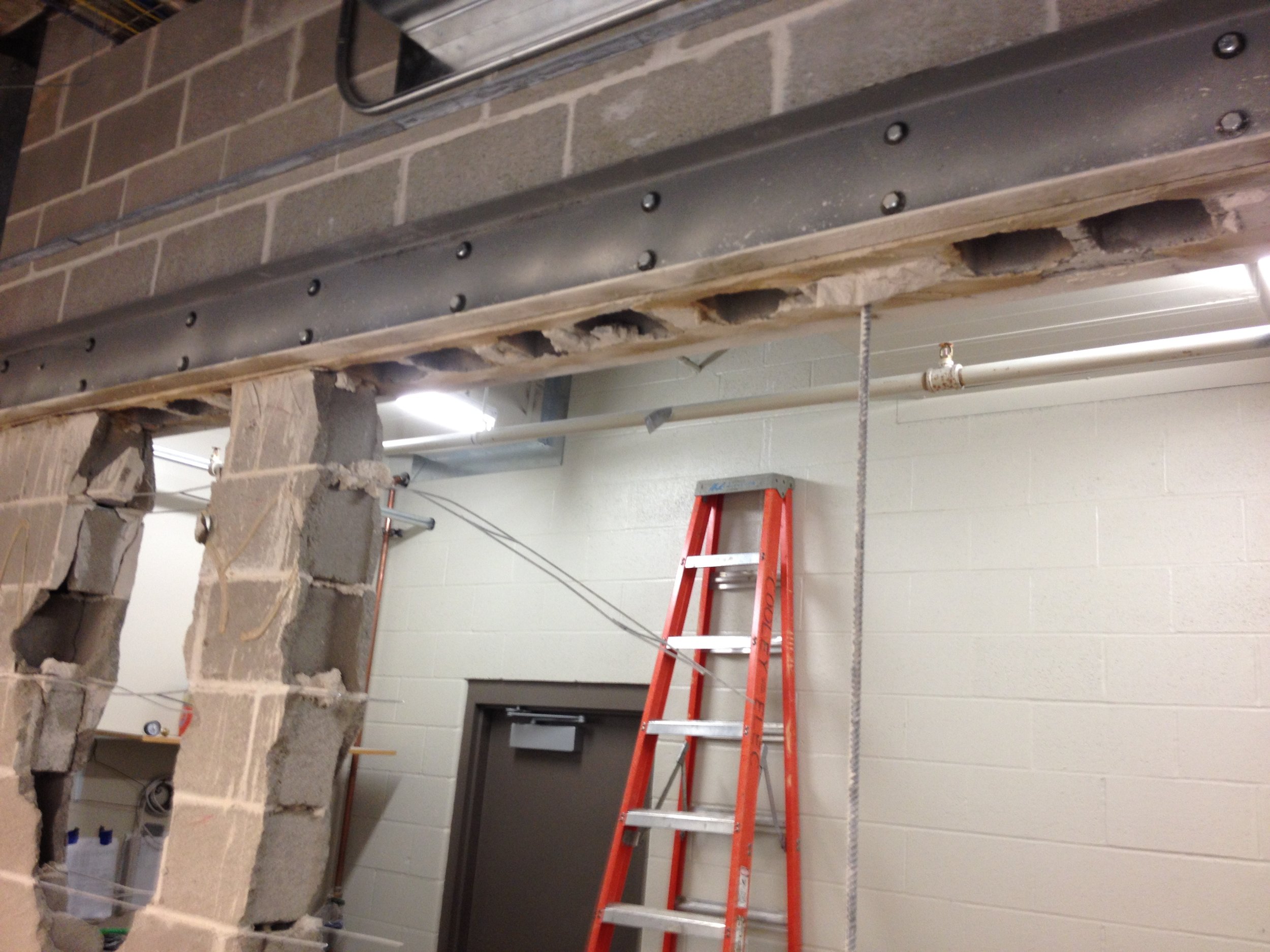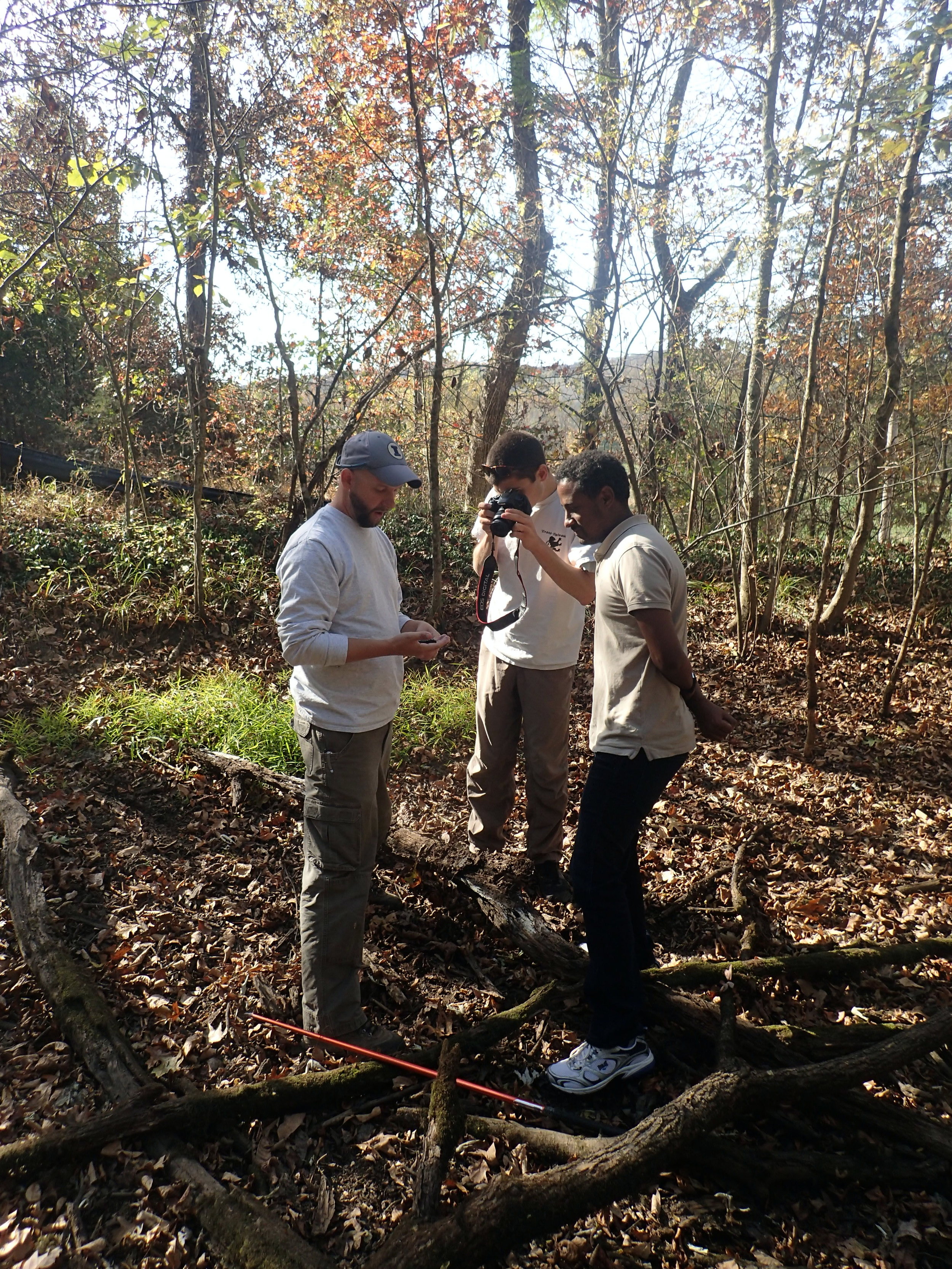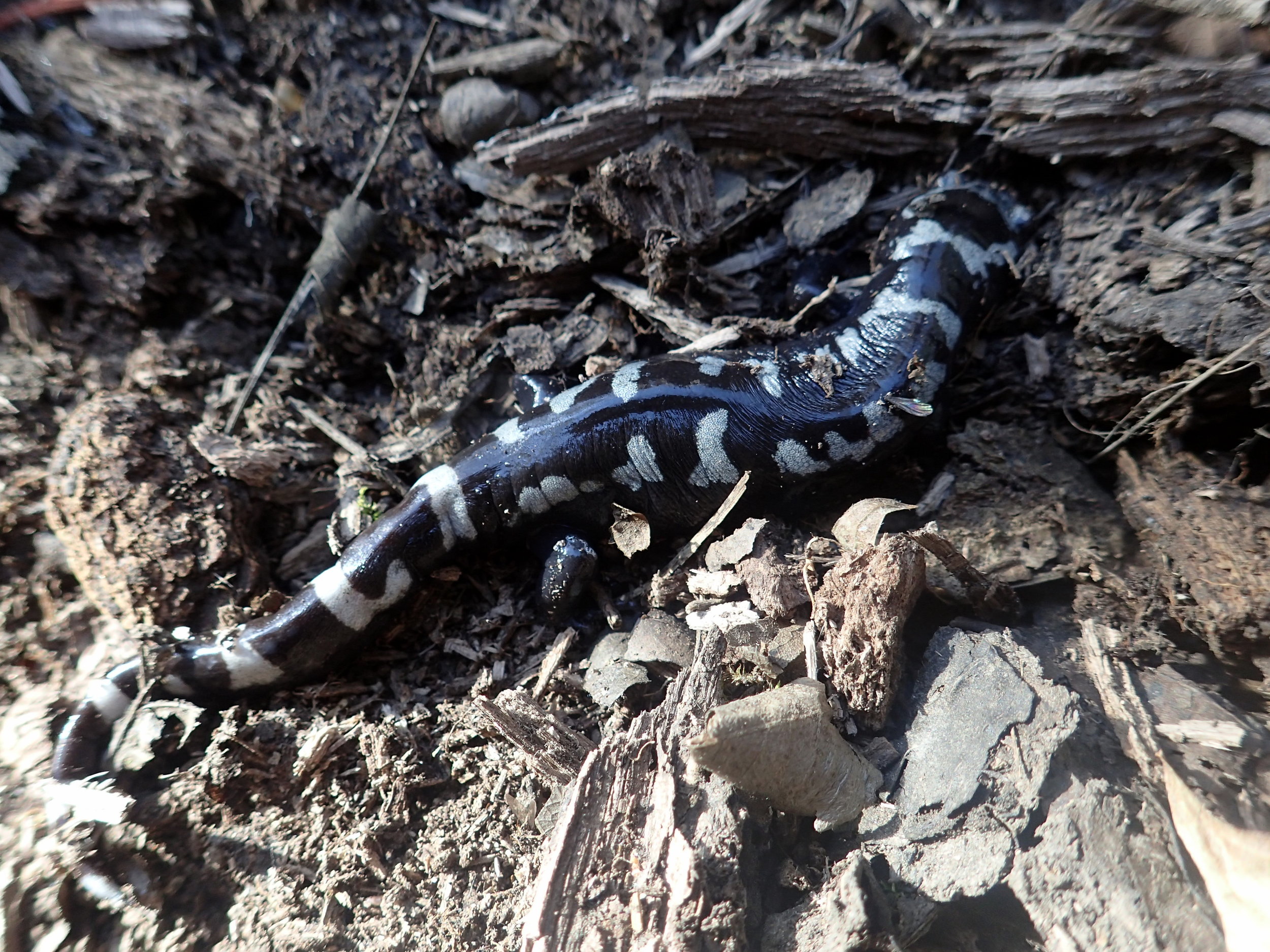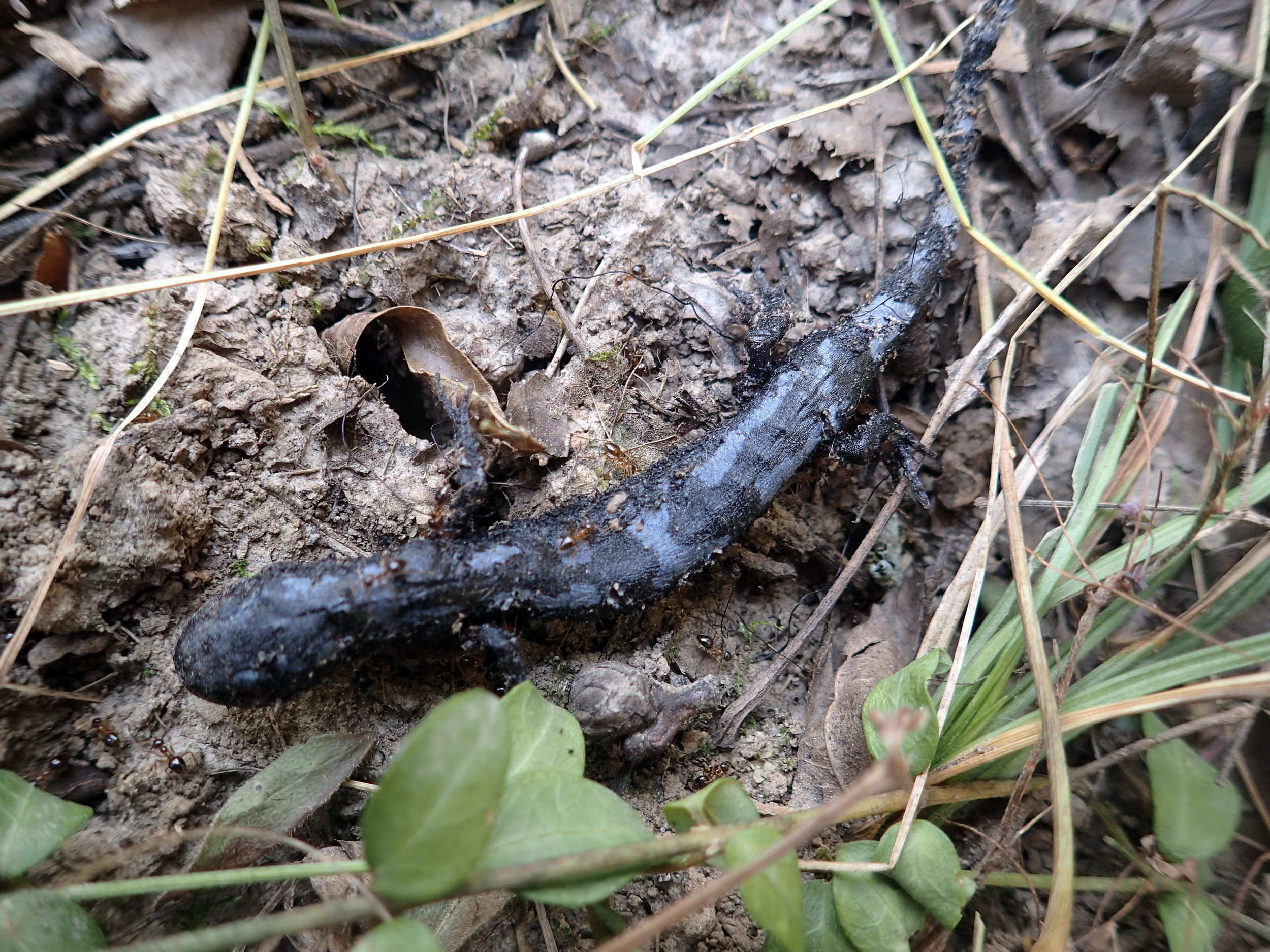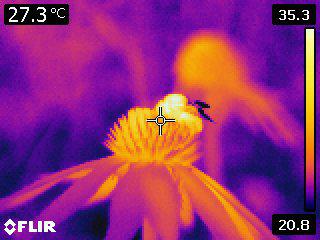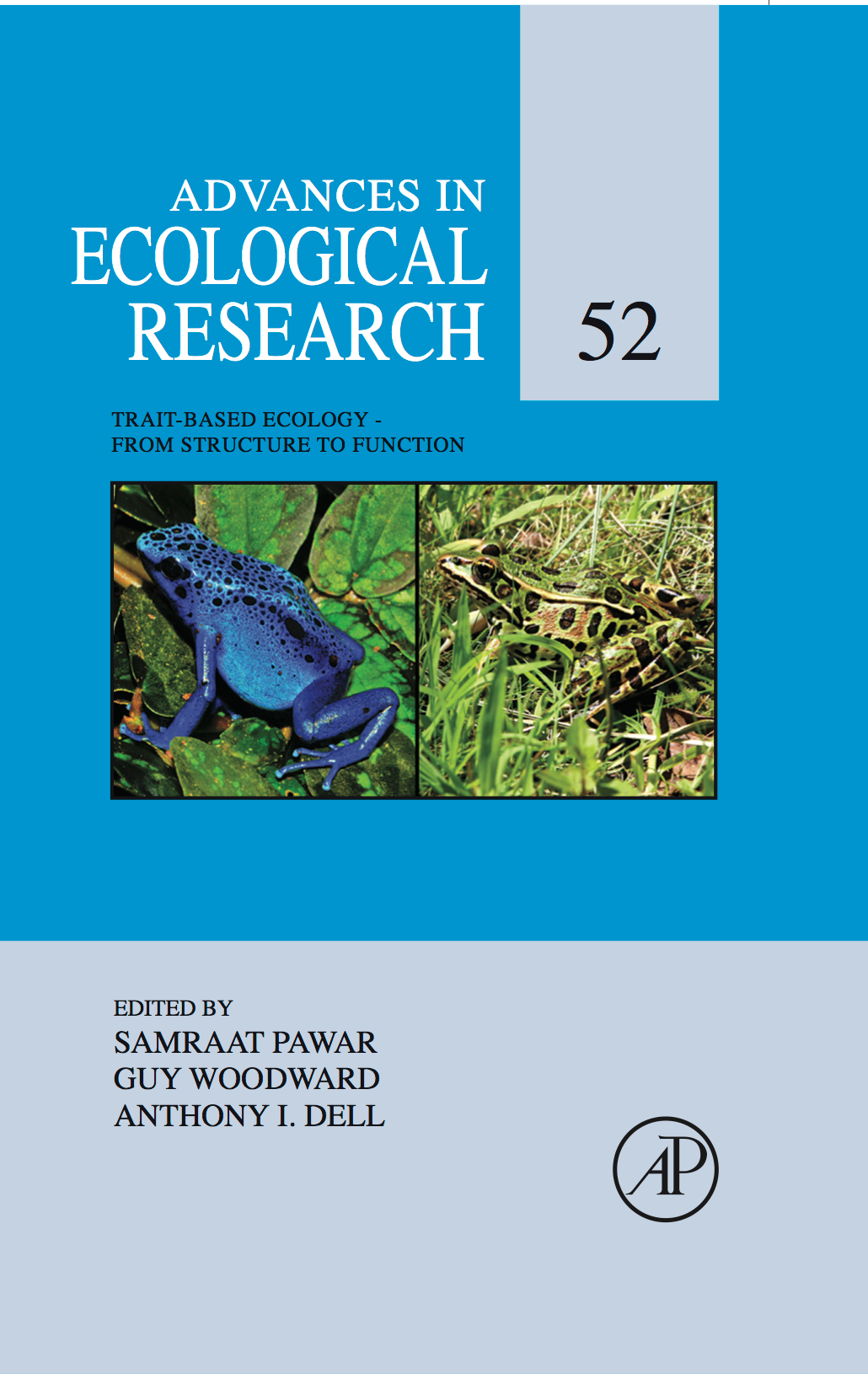The team trailing some new lab equipment - IR lights that just arrived from smartvisionlights. We got some video (and tracks!) from a number of species, including spiders and tadpoles.
Work on the lab is progressing fast - climate chambers to be installed over the next couple of weeks.
Recent trip to the Darwin Chambers Company to check up on construction of our awesome new climate chambers. Should be ready by 2016.
Short field trip today to introduce our new postdoc (Dave Daversa) to some local fauna. Our focus was on marbled salamanders, but you can see we came across quite a diversity of species. Also on hand was Tewodros Biresaw (a postdoc in the lab) and John Crawford (vertebrate ecologist at NGRREC and Dave's co-advisor).
A welcome to our newest postdoc Dr. Dave Daversa, who comes to us from the University of Cambridge where he recently competed his PhD on movement and parasite dynamics in amphibians. Dave is co-advised by Dr. John Crawford, and while at NGRREC will be working to understand drivers of movement and behavior in amphibians, especially in relation to dispersal.
We just had a new book chapter come out, in Aquatic Functional Biodiversity: An Ecological and Evolutionary Perspective.
In our paper - From Individual Metabolism and Biomechanics to Interactions - we provide a summary of recent theoretical and empirical advances for developing a mechanistic understanding of trophic interactions, and identify key methods and challenges for understanding and predicting the eco- evolutionary dynamics of aquatic ecosystems.
Our approach is based on the metabolic and biomechanical bases of trophic interactions, but is applicable to other types of ecological interactions that involve metabolism and biomechanics (e.g., pollination, parasitism, and competitive interactions).
A pdf of our chapter is available on the lab Publications page.
We just received the latest plans for our new environmental chambers. The walk-in chamber (shown to the right) will be used for automated tracking, and will be complemented by 5 reach-in chambers for housing animals prior to testing. We hope the chambers will be online by the end of the year.
We trialed some new lab equipment today - a FLIR thermal camera. We plan to use these cameras to more throughly investigate the thermal dependence of movement, behavior and species interactions, with the hope to eventually integrate the images with automated tracking software. Exciting times to be doing ecology!
A belated welcome to our newest postdoc - Dr. Tewodros Biresaw. Tewodros brings to the lab his interests and expertise in computer vision, and especially automated tracking and behavioral analysis.
Just back from a fantastic few days at the GRC conference on Catchment Science: Interactions of Hydrology, Biology and Geochemistry. This was all mostly new stuff considering the work we do in the lab, but it certainly represents a direction we'd like to take over the coming years. Hopefully this conference will become a regular feature on our lab calendar. More from the conference website:
Observing, predicting, and understanding the consequences and feedbacks of environmental thresholds are crucial for predicting future changes in catchment systems across interacting hydrological, biological and geochemical processes. This GRC will focus on new research, including thresholds, early warning indicators, and resilience using long-term data, experimental studies, theory, and modeling approaches to study the behavior of catchments systems under changing conditions such as climate variability or land use/cover changes.
David (Tilson) and Laura (Cappel) are using camera traps to understand the energetics of vertebrate communities at the Boone Field Station, located about an hours drive from NGRREC. Also on hand was Carl Cloyed (a postdoc in the lab) and John Crawford (vertebrate ecologist at NGRREC).
New paper of ours just out in Functional Ecology. This is some of our first published work that uses automated tracking, where we tease out how temperature and body size affect how often individuals cross a dispersal corridor. How temperature and size affect movement should be important in a world increasingly impacted by climate change and habitat fragmentation.
You can find a pdf of this paper on our PUBLICATIONS page.
Tony just back from another Moorea IDEA consortium workshop, this time in Moorea!
Tony just returned from a workshop on "Food Webs for Model Islands" held at the Berkeley Institute for Data Science, Berkeley, California.
Fun times with a great bunch of eco-folk!
We welcome a new postdoc to the lab - Dr. Carl Cloyed. Carl recently completed his doctorate at University of Louisville, and will be using automated tracking to addresses some basic and applied issues in ecology. You can read more about Carl's research here.

